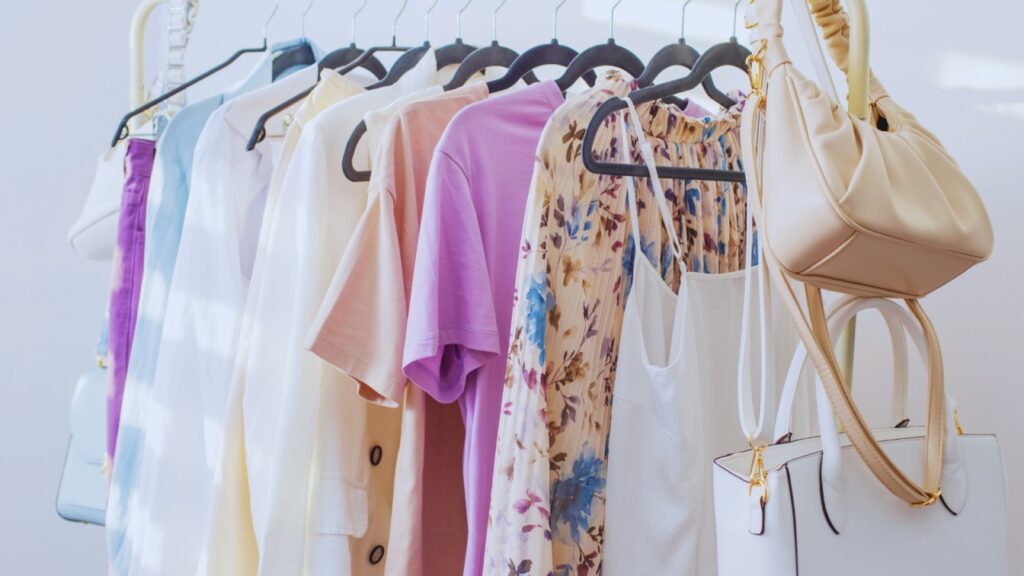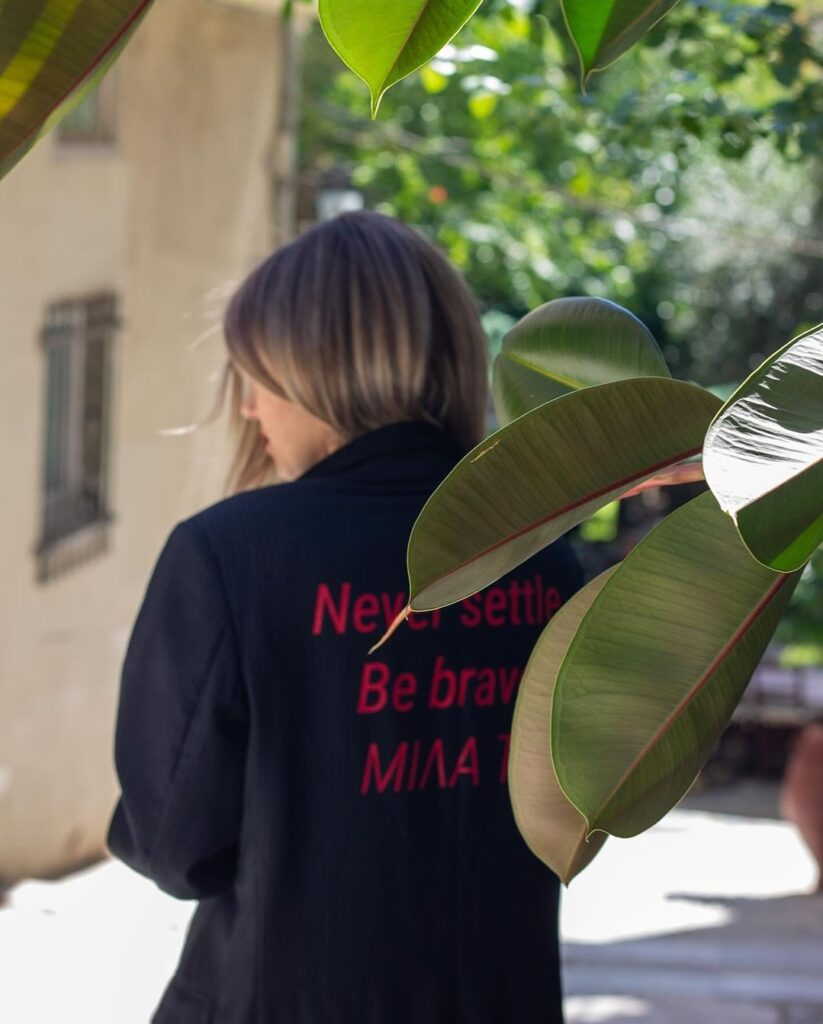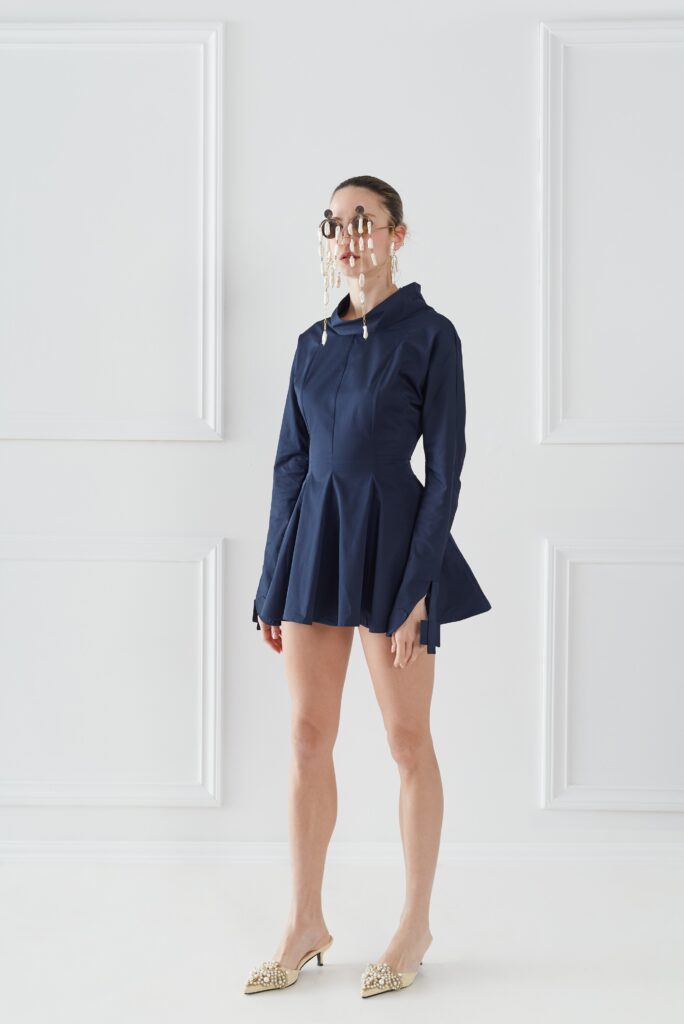When environmental thinking began in the 1970s, the focus was more narrowly on solving waste problems caused by industrial production. Today, sustainable thinking seeks ways to find sustainable balance in the use of economic, social, and environmental resources while also taking care not to destroy future generations’ ability to meet their needs in a sustainable manner.
The “Triple Bottom Line” Concept
The term “triple bottom line” refers to the concept of taking into account all three areas: people, planet, and profit in a sustainable manner. Furthermore, ethical and value-based thinking is now incorporated into sustainable design and business strategies. While truly sustainable thinking is broad and requires a holistic understanding and approach on multiple levels, it is more common to focus on one narrower approach to eco-design and sustainability, such as focusing on the environmental impacts of manufacturing, substituting materials with eco-materials, or focusing on ethical issues in manufacturing (e.g. CSR, corporate social responsibility).
Eco-design and design for the environment (DfE) include environmental considerations, particularly life cycle thinking.
Eco-design and design for the environment (DfE) by definition include environmental considerations, particularly life cycle thinking. The sustainable design approach incorporates the product’s ethical and social dimensions during the manufacturing, use, and disposal phases, in addition to the previously mentioned aspects (Tischner & Charter 2001, p. 120). Environmental consideration entails using all renewable resources in a way that does not jeopardise their ability to renew themselves: there must be a balance.
Non-renewable materials should be used as little as possible, all materials should be recycled as much as possible, waste should be avoided, and any waste that is produced should be treated properly and without posing an environmental risk. Individuals, communities, and societies as a whole must all be considered when it comes to social sustainability. Finally, because the triple bottom line approach to sustainability incorporates environmental, social, and economic perspectives, financial feasibility is an important consideration. This is also referred to as “People, Planet, and Profit” (alternative prosperity) (Visser et al., 2008).
The following are the principles of environmental design as defined by the European Commission:
• Whenever possible, use low-impact materials: non-toxic, sustainably produced, or recycled materials that require little or no natural resources (such as energy and water) to transport and process, and whose use does not threaten biodiversity.
• Focus on resource efficiency: create manufacturing processes, services, and products that consume as few natural resources as possible.
• Reuse, recycle and renew: create products that can be reused, recycled, or composted (SEC 2009, p. 21).
Fashion Guidelines & Checklists
Several fashion guidelines and checklists have been developed in recent years. Sandy Black (2011, pp. 46–47) offers the following recommendations for a sustainable fashion designer: a design for the entire life cycle of the garment (including use and disposal).
• reuse waste materials
• recycle
• upcycle
• repair and remodel garments
• recreate (e.g. existing design concepts)
• reduce (use of resources and creation of
waste)
• use ecological materials
• use mono materials
• use new technologies
• create longer-lasting products
• design multifunctional clothes
• design for delight
Design, manufacturing, logistics, retail, use, and disposal should all be considered in the context of sustainable fashion. It is said that designing life cycles rather than products is preferable; sustainable design takes into account the use phase as well as end-of-life considerations. At best, the product can have multiple life cycles: it should be designed in such a way that the product can be used after the first life cycle is completed. Environmentally, the best option is to use the product as is, the second-best option is to redesign a new product from it (e.g., through minor modifications), and the third option is to recycle the materials.
The Borw Team
References
Black, S. (2011). Eco-Chick: The Fashion Paradox. London: Black Dog.
Niinimäki, K., (2013). Sustainable fashion: New approaches. 1st ed. Aalto University publication series Art + Design + Architecture, 9/2013.
SEC (2009). Design as a Driver of User-centred Innovation. Commission staff working document.
Brussels, 7.4.2009, Commission of the European Communities.
http://ec.europa.eu/enterprise/policies/innovation/files/design_swd_sec501_en.pdf
Tischner, U. & Charter, M. (2001). Sustainable Product Design. In: M. Charter & U. Tischner (eds.).
Sustainable Solutions, Developing Products and Services for the Future. Sheffield, UK: Greenleaf, pp.
118–138.
Visser, W., Matten, D., Manfred, P. & Tolhurst, N. (2008). The A to Z of Corporate Social Responsibility. New York: John Wiley & Sons.
*Featured Picture By Talented Vasilis Siampalis




